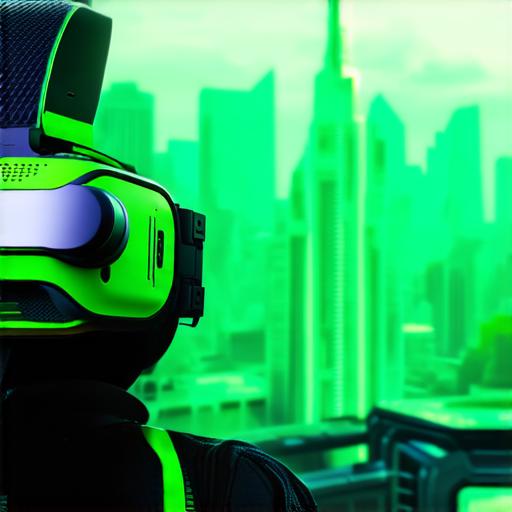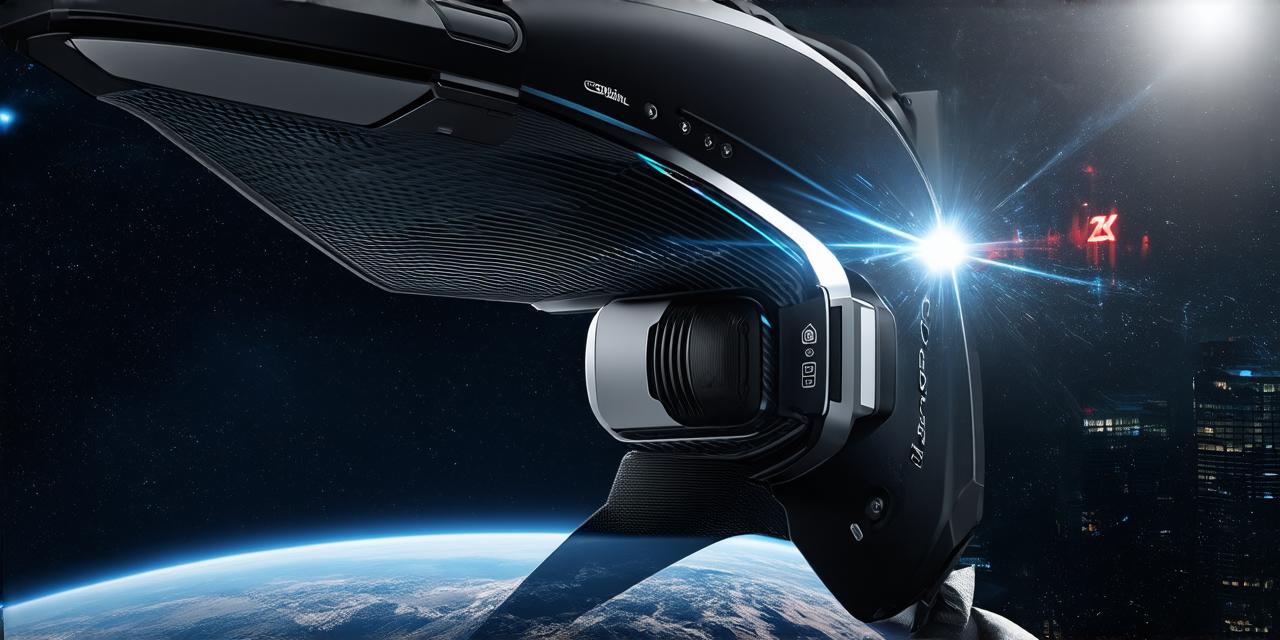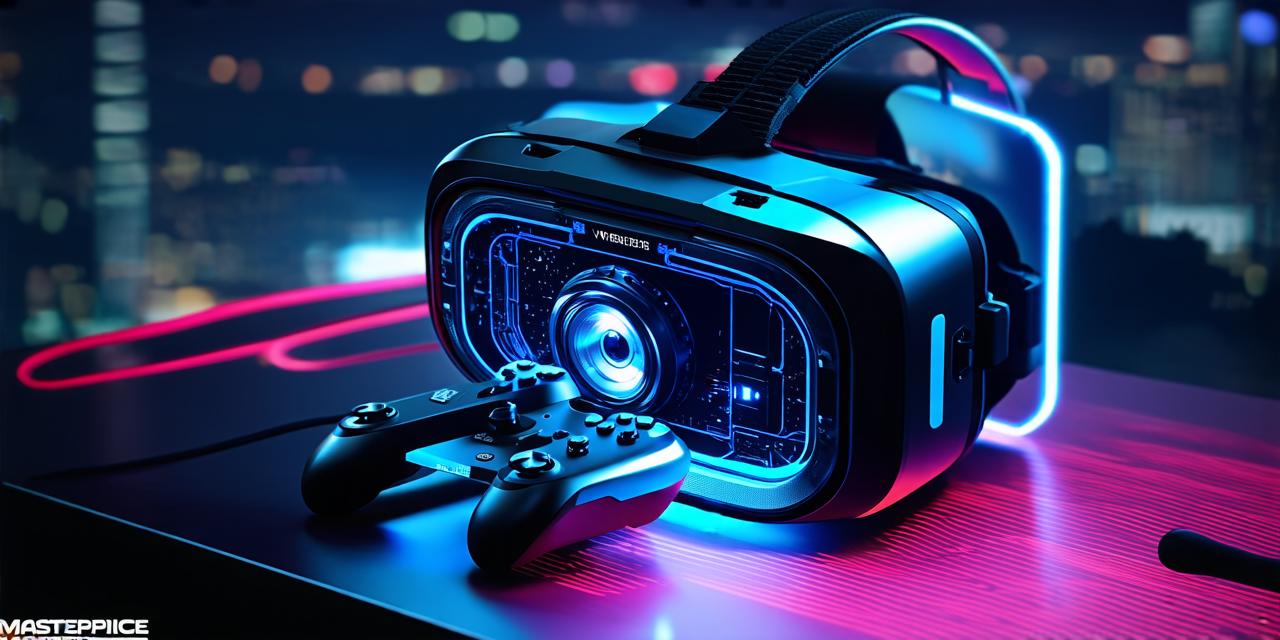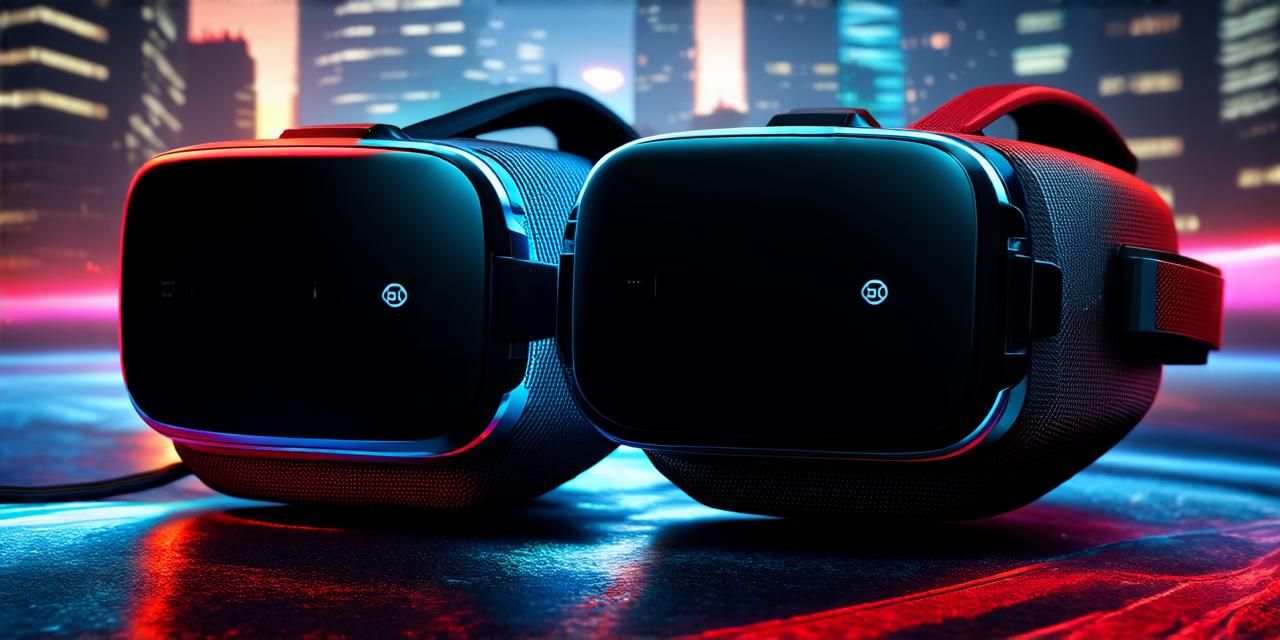Virtual reality (VR) technology has been advancing rapidly in recent years, offering users immersive experiences that can transport them into different worlds and environments.
VR devices are used in various applications such as gaming, education, healthcare, and more. Two main types of virtual reality devices are head-mounted displays (HMDs) and room-scale systems.
Head-Mounted Displays (HMDs):
HMDs are the most common type of VR device that you wear on your head like a helmet. They consist of screens that display stereoscopic images, which create a 3D effect that appears to be in front of you. HMDs are portable and lightweight, making them easy to use anywhere you want. Some popular HMD devices include the Oculus Quest 2, HTC Vive Pro Eye, and PlayStation VR.
Advantages of HMDs:
- Portability – HMDs can be used anywhere with minimal setup, making it easy for users to take them on the go.
- Comfortable – HMDs are designed to be comfortable and lightweight, allowing users to wear them for extended periods without discomfort.
- Wide Field of View (FOV) – HMDs offer a wide field of view, which provides a more immersive experience by creating the illusion that you are truly inside a virtual world.
- Affordable – There are many affordable VR options available in the market, making it accessible to a wider audience.
Disadvantages of HMDs:
- Limited movement – HMDs only track head movement, limiting the range of motion that users can experience in virtual reality.
- Field of View (FOV) – HMDs have a limited field of view that can make it difficult to see objects that are not directly in front of you.
- Motion sickness – Some users may experience motion sickness when using HMDs, especially if they are sensitive to movement.
Room-Scale Systems:
Room-scale systems require more space and setup than HMDs, but they offer a more immersive experience with less motion sickness. They consist of multiple sensors that track movement and provide a 360-degree view of the virtual environment. Some popular room-scale VR devices include the HTC Vive Pro Eye, Oculus Rift S, and PlayStation VR.
Advantages of Room-Scale Systems:
- More immersive – Room-scale systems provide a more realistic experience by allowing users to move freely in virtual space.
- Less motion sickness – Room-scale systems offer a wider field of view and track movement more accurately, reducing the risk of motion sickness.
- Comfortable – Room-scale systems are comfortable to use for extended periods as there is no pressure on your head or face.
- More space – Room-scale systems require more space than HMDs, which makes them suitable for larger areas such as game rooms and dedicated VR spaces.

Disadvantages of Room-Scale Systems:
- Expensive – Room-scale systems are generally more expensive than HMDs, making them less accessible to some users.
- Setup and maintenance – Room-scale systems require more setup and maintenance than HMDs, which can be time-consuming.
- Limited portability – Room-scale systems are not portable and require a dedicated space to use effectively.
Summary:
Both HMDs and room-scale systems offer unique VR experiences that cater to different user preferences and requirements. While HMDs are more portable and affordable, room-scale systems provide a more immersive experience with less motion sickness. Ultimately, the choice between these two types of VR devices depends on individual needs and preferences.


